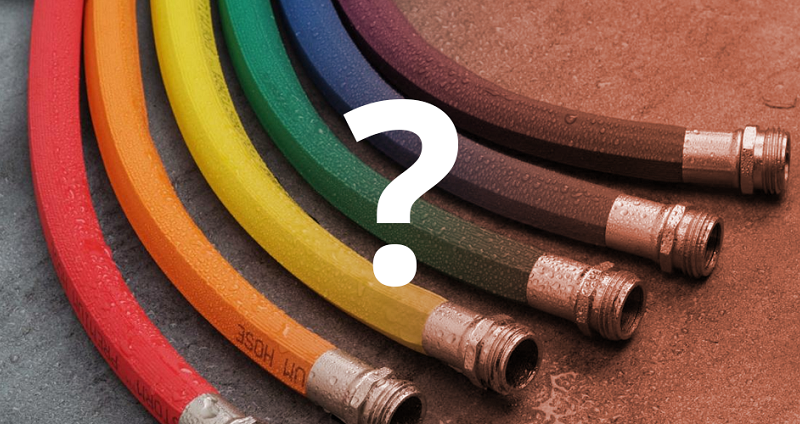How to Properly Use a Chemical Transfer Hose
Transferring chemicals can be dangerous if you do not have the right equipment. This is because chemicals can be corrosive as well as flammable or explosive if not handled properly or with the proper items. The important thing to make sure of whenever you are trying to transfer from a manufacturing plant to a hauling truck or just within the manufacturing plant itself is that you have the right chemical transfer hose.
What the Hose Is
The first thing that you will need to know is what kind of a hose you are dealing with. This is not just a product made out of plastic or tubing. Rather, these hoses are made specifically for the transfer of any kind of chemicals. The protection offered by the hose makes sure that there is little to no chance of rupture, spilling or any other kinds of problems. They are capable of handling even food grade materials just as easily. Because the chemical transfer hose is reinforced, you will not have to worry about it being overwhelmed by the pressure being put on it during the transfer.
Making the Transfer
When it is time to make the actual transfer, it is a good idea to make sure that the vessel you are transferring into will be able to properly hold the chemical, foods or other items you are transferring. This will make sure that you are going to be able to get the product to the location you need to get it to. Not all tanks are made the same, so you will need to pay attention to the general makeup of what you are using so that you will be able to get the most out of the chemical transfer hose you are using.
Caring for the Hose
After the transfer is complete, your chemical transfer hose will need to be cleaned. This will allow you to make sure that it will be in good working order the next time that you will be ready to use it. Always make sure that you are flushing the hose completely in between uses. This is best accomplished using a non-toxic and non-reactive liquid. Water is normally the best way to clean out the hose, but only use this if you are sure that the water will not react poorly with the chemicals that were used within the hose.


